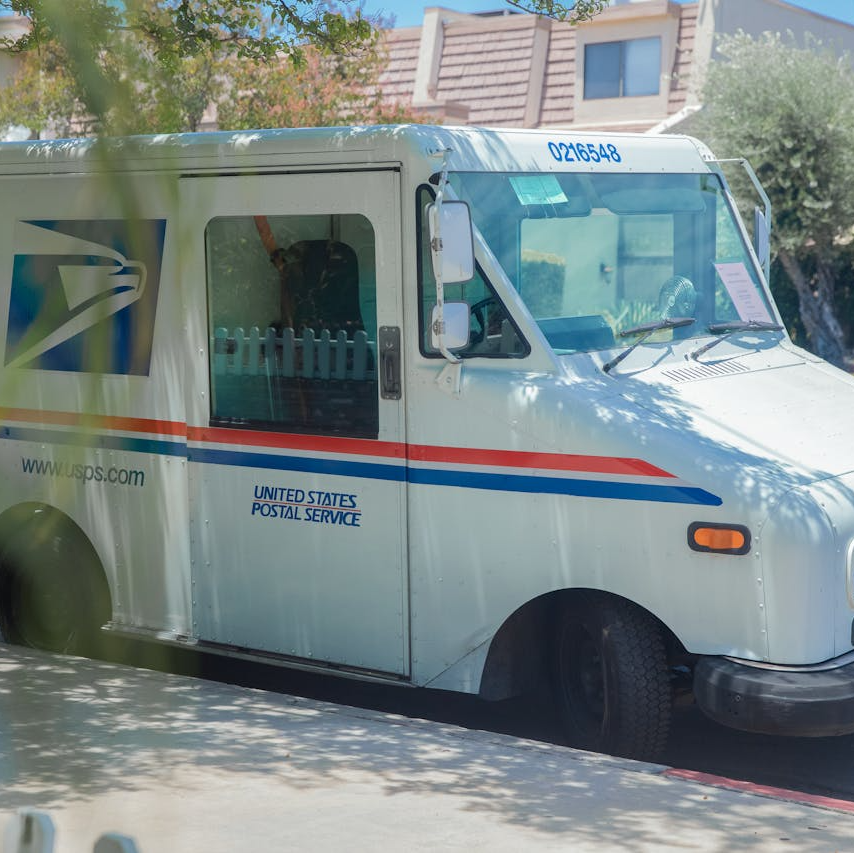Key Takeaways:
-
PSHB plans and Medicare together create a cohesive healthcare system by reducing gaps in coverage and offering significant cost savings.
-
Understanding how these programs integrate can help you make the most of your benefits while minimizing out-of-pocket expenses.
Understanding the Basics of PSHB and Medicare
Navigating health coverage as a Postal Service worker or retiree doesn’t have to be complicated. In 2025, the Postal Service Health Benefits (PSHB) program transitioned from the Federal Employees Health Benefits (FEHB) system, offering tailored plans for Postal Service employees, annuitants, and their eligible family members. When paired with Medicare, particularly Parts A and B, PSHB plans can provide comprehensive coverage, minimizing your out-of-pocket healthcare costs.
Medicare is the cornerstone of health coverage for most Americans aged 65 and older. If you’re a PSHB enrollee who is Medicare-eligible, knowing how these programs complement each other is key to optimizing your benefits. This article explores how PSHB plans and Medicare work together seamlessly to enhance your healthcare experience.
How Medicare Works Within PSHB Plans
Medicare integration is a significant feature of PSHB plans, designed to provide efficient and cost-effective healthcare. Let’s break down the roles of Medicare Parts A, B, and D in relation to your PSHB coverage:
Medicare Part A: Hospital Coverage
Medicare Part A, often referred to as hospital insurance, covers inpatient hospital stays, skilled nursing facility care, and some home health services. As a PSHB enrollee, your Medicare Part A benefits become your primary payer for these services, with PSHB plans serving as secondary coverage to fill in the gaps. This combination significantly reduces your out-of-pocket expenses, particularly for costly inpatient care.
Medicare Part B: Medical Coverage
Medicare Part B covers outpatient services like doctor visits, diagnostic tests, and preventive care. When you enroll in Part B, your PSHB plan generally coordinates with Medicare to minimize costs. For example, after Medicare pays its share, your PSHB plan may cover the remaining balance, including coinsurance or deductibles. This dual coverage ensures that you’re not burdened by unexpected medical bills.
Medicare Part D: Prescription Drug Coverage
In 2025, all Medicare-eligible PSHB enrollees automatically receive their prescription drug coverage through a Medicare Part D Employer Group Waiver Plan (EGWP) embedded in their PSHB plan. This eliminates the need to purchase a separate Part D plan while capping out-of-pocket drug expenses at $2,000 annually. With this integration, you’ll experience seamless coverage for your prescriptions.
Key Benefits of Pairing PSHB Plans with Medicare
By combining PSHB and Medicare, you unlock a host of benefits designed to enhance your healthcare experience. Here are the top advantages:
Lower Out-of-Pocket Costs
Medicare acts as your primary payer, with PSHB plans providing secondary coverage. This layered approach significantly reduces your out-of-pocket costs, such as deductibles, copayments, and coinsurance, which can quickly add up without dual coverage.
Comprehensive Coverage
PSHB plans are designed to complement Medicare, ensuring there are no gaps in your coverage. For instance, services that may not be fully covered by Medicare—like certain prescription drugs or additional medical procedures—are often picked up by your PSHB plan.
Streamlined Billing and Claims
One of the biggest perks of PSHB-Medicare integration is simplified billing. Medicare processes claims first, automatically passing them on to your PSHB plan for secondary payment. This coordination means fewer bills and less paperwork for you.
Enhanced Benefits for Medicare-Enrolled Members
PSHB plans often offer enhanced benefits for Medicare enrollees, such as lower deductibles, reduced copayments, and reimbursement for Medicare Part B premiums. These perks make the overall cost of healthcare more manageable while ensuring you’re fully covered.
Enrollment Requirements and Timelines
To take full advantage of the PSHB and Medicare partnership, it’s crucial to understand the enrollment rules and timelines:
Medicare Part B Enrollment for PSHB Members
If you’re a Medicare-eligible PSHB enrollee, signing up for Medicare Part B is generally required to maintain your PSHB coverage. This rule applies unless you meet specific exceptions, such as retiring before January 1, 2025. Enrolling in Part B ensures you can access the full benefits of PSHB integration.
Enrollment Periods
-
Medicare Initial Enrollment Period (IEP): Begins three months before you turn 65 and ends three months after your 65th birthday. Enroll during this time to avoid late penalties.
-
PSHB Open Season: Takes place annually from mid-November to mid-December, allowing you to review or change your PSHB plan.
-
Special Enrollment Periods (SEP): Triggered by life events like retirement, giving you a window to enroll in Medicare or adjust your PSHB coverage outside regular periods.
Medicare Part D and PSHB Prescription Coverage
You’re automatically enrolled in a Medicare Part D EGWP through your PSHB plan upon becoming Medicare-eligible. This ensures you’ll have robust prescription drug coverage without needing to take additional steps.
Optimizing Your Healthcare Experience
To make the most of your PSHB and Medicare benefits, consider these tips:
Review Plan Details Annually
Both PSHB and Medicare plans can change annually, including costs, benefits, and coverage. Reviewing your plan’s Annual Notice of Change (ANOC) helps you stay informed and make adjustments if needed.
Coordinate Medicare and PSHB Benefits
Ensure your healthcare providers accept Medicare and understand how your PSHB plan works as secondary coverage. This coordination avoids surprises when it comes to billing.
Use Preventive Services
Medicare covers a wide range of preventive services, including screenings, vaccines, and annual wellness visits, often at no cost to you. Your PSHB plan may cover additional services, so take full advantage of these benefits.
Track Prescription Drug Costs
With a $2,000 out-of-pocket cap for prescription drugs under Medicare Part D, monitor your spending to know when you’ve reached this limit. Once met, your plan covers 100% of covered drug costs for the remainder of the year.
Frequently Asked Questions About PSHB and Medicare Integration
Do I Need Both PSHB and Medicare?
Yes, having both ensures you’ll receive comprehensive coverage with minimal gaps. Medicare becomes your primary payer, and PSHB plans cover additional costs not paid by Medicare.
What Happens If I Don’t Enroll in Medicare Part B?
Failure to enroll in Medicare Part B may result in higher healthcare costs and a late enrollment penalty. Additionally, some PSHB plans may limit your benefits if you’re eligible for Part B but choose not to enroll.
Can I Change My PSHB Plan After Retiring?
Yes, you can adjust your PSHB plan during the annual Open Season or following a qualifying life event (QLE). Ensure your selected plan works well with Medicare to optimize your coverage.
Are Vision and Dental Services Covered?
While Medicare doesn’t cover routine vision and dental services, many PSHB plans offer these benefits. Check your plan’s details to see what’s included.
How Do Prescription Drug Benefits Work?
Your PSHB plan provides prescription drug coverage through a Medicare Part D EGWP. This integration caps your out-of-pocket drug costs at $2,000 annually, simplifying medication expenses.
Why PSHB and Medicare Are a Perfect Match for Your Health Coverage
PSHB plans and Medicare work in harmony to provide you with seamless, cost-effective health coverage. By understanding how these programs complement each other, you can maximize your benefits, reduce your expenses, and enjoy peace of mind knowing your healthcare needs are covered. Take the time to review your options and ensure you’re enrolled in the best plan for your circumstances.











